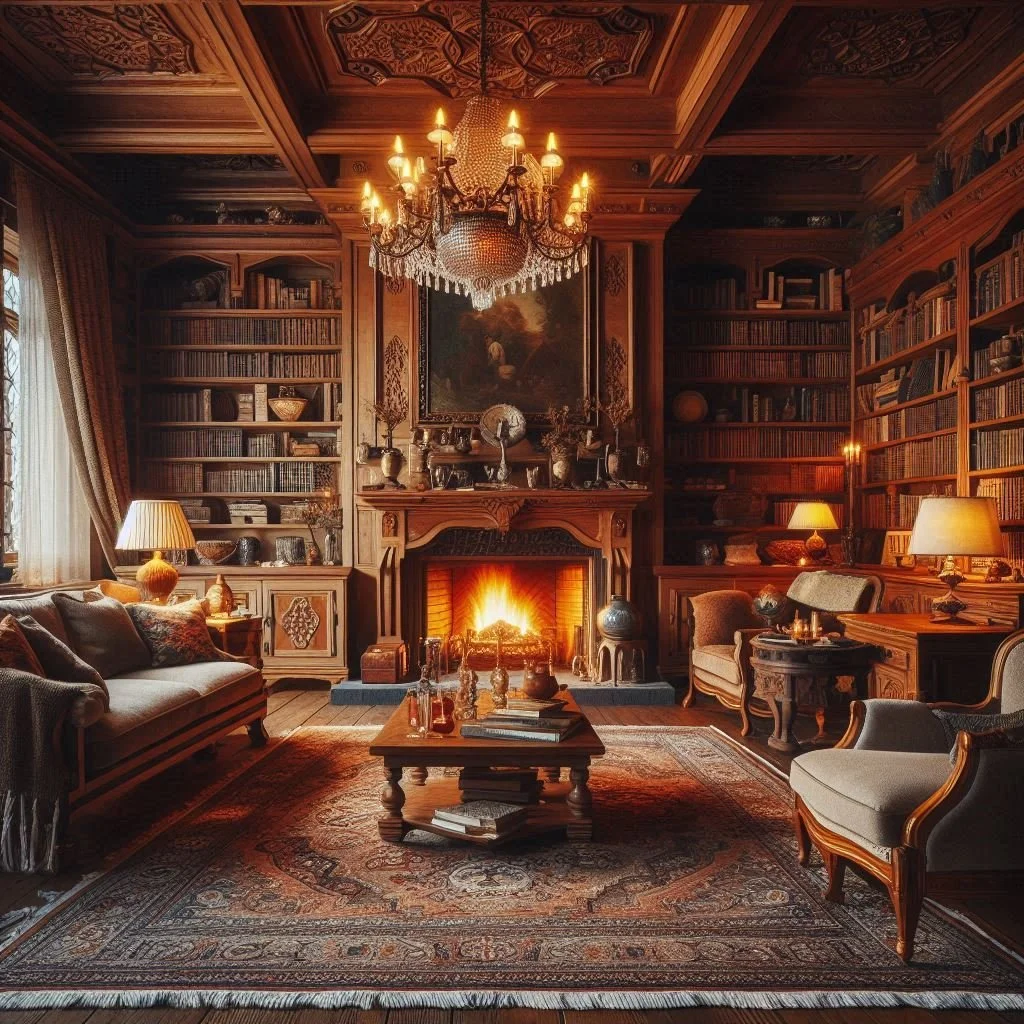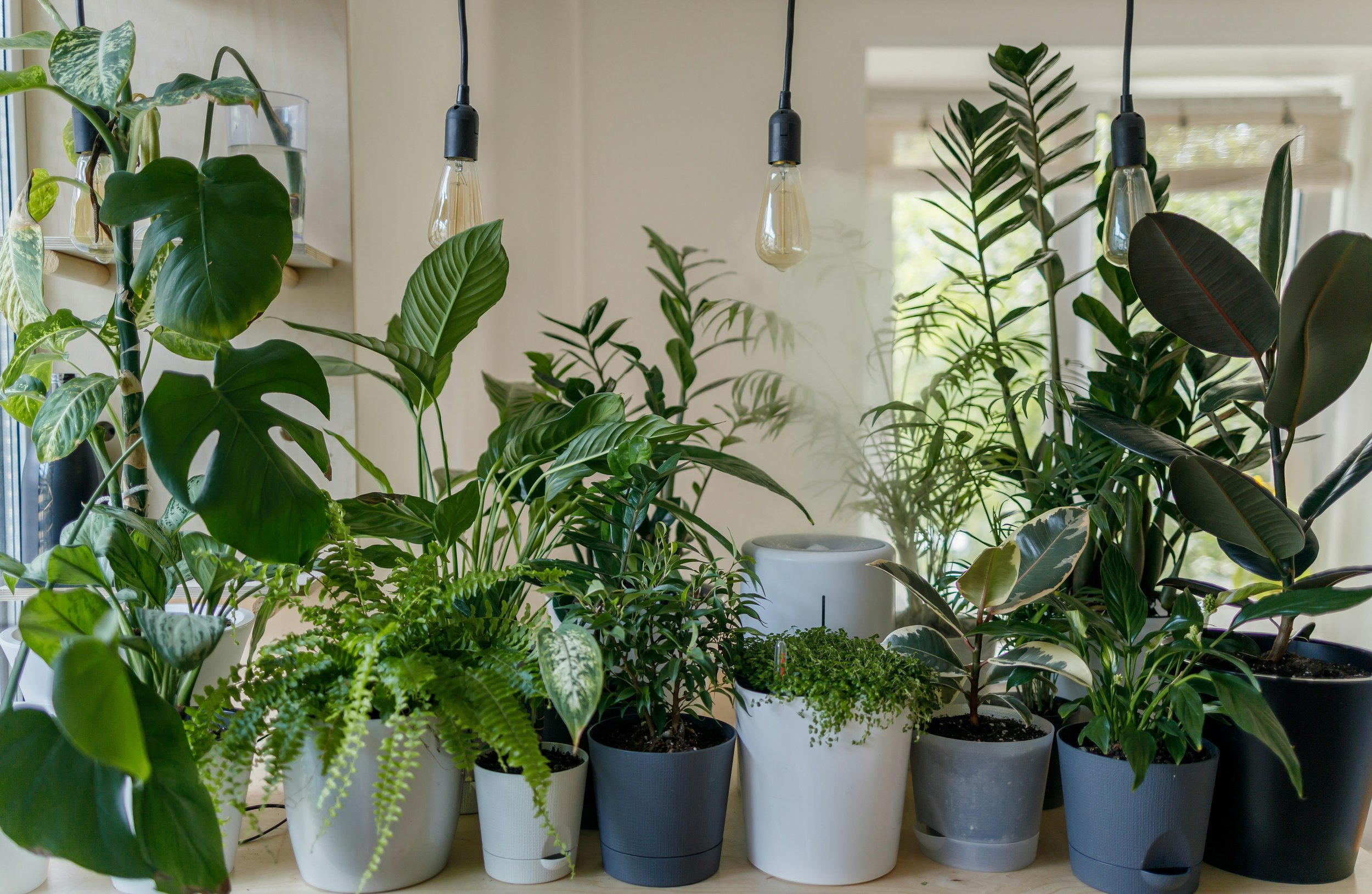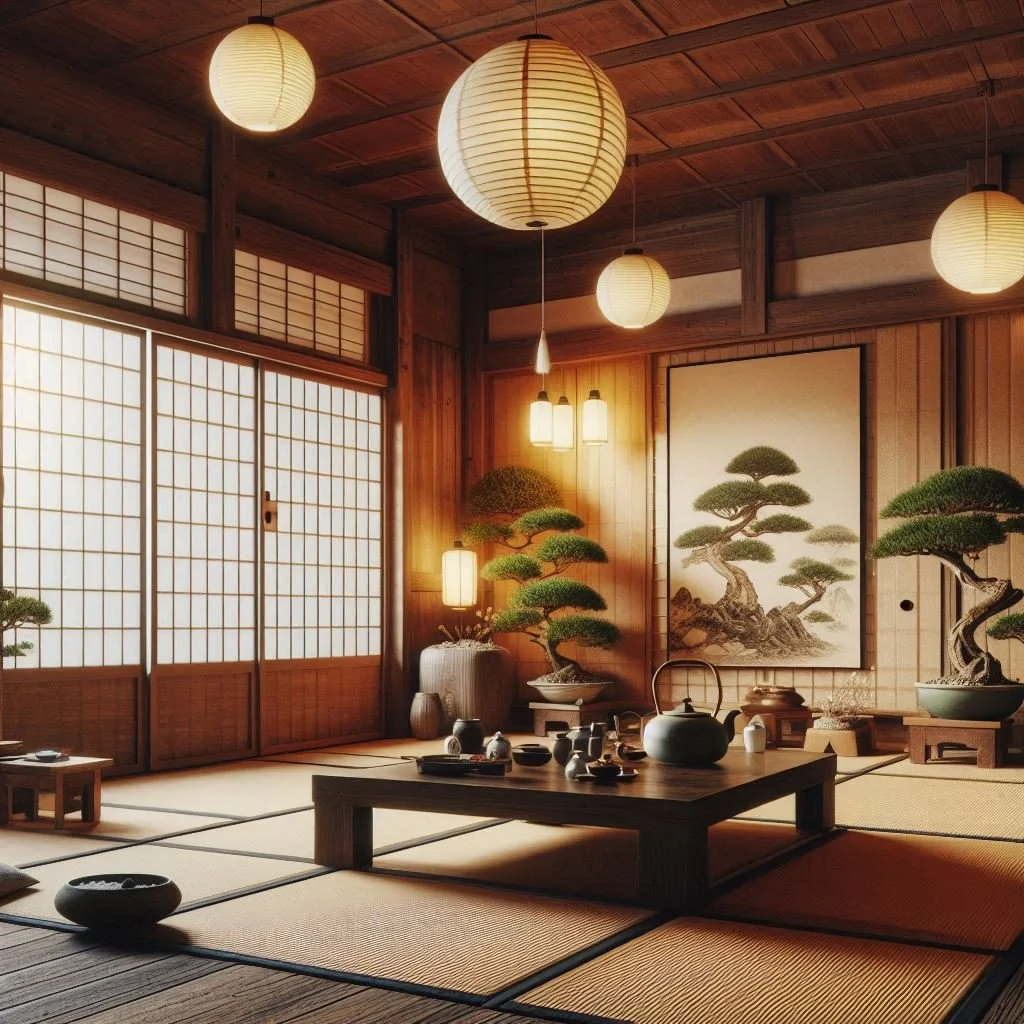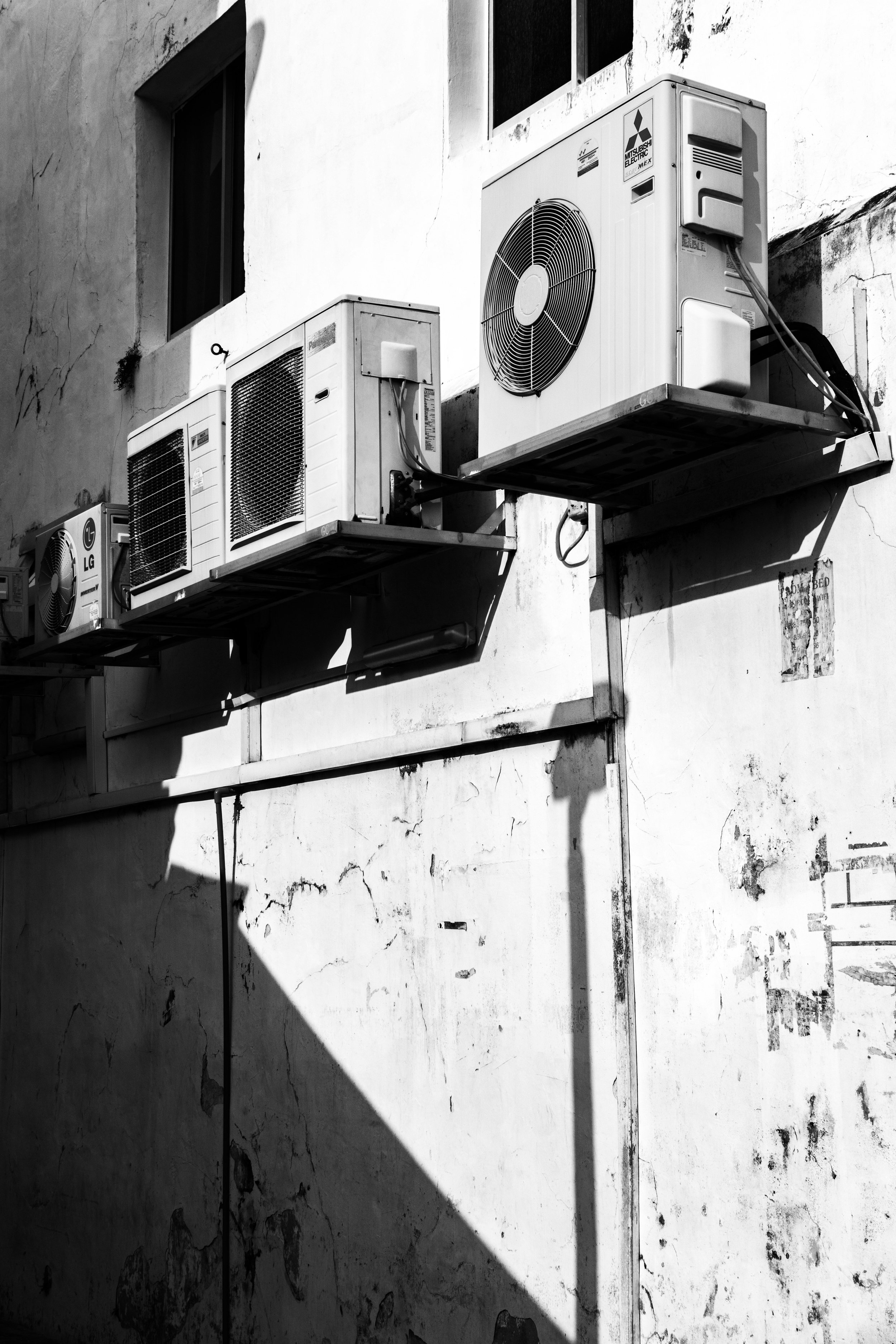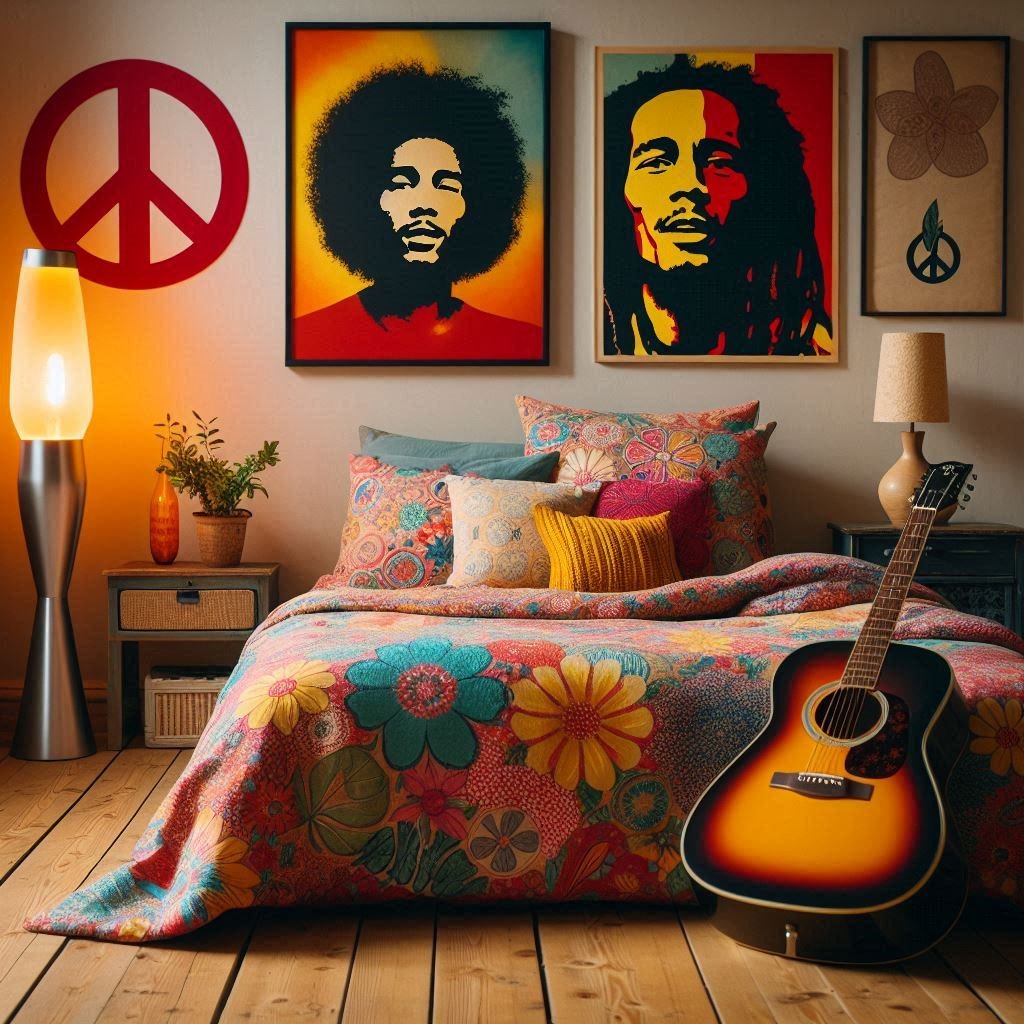The Most Popular Fabrics for Garment Making: Benefits and Best Uses
Discover the most popular fabrics for garment making, their unique benefits, and the best applications for each material. Enhance your understanding of fabric selection to optimize your designs and ensure superior quality in your creations.
Selecting the appropriate fabric for a garment is the first step in creating a fashionable, high-quality item. Your choice of fabric will also significantly affect how well-fitting, comfortable, and long-lasting your garment is. You must thus make the effort to get informed about the various kinds of textiles that are available for clothing.
That said, here are the most popular textiles for clothing, along with their characteristics and what may be made with them.
Cotton
Cotton is comfortable, durable and affordable, making it one of the most popular fabrics for garment making. It has a lower resilience but with a medium-good elasticity and its good heat conductivity and absorbency make it feel soft and pleasant on the skin.
The disadvantage of cotton is that it's prone to wrinkles and can shrink if washed in hot water. Cotton is often used to make clothing items like sweaters, towels, bathrobes, and other textile goods.
Linen
Flax plants are the natural source of linen. Linen creates a thin, distinctively textured fabric that adds visual interest to any design. Although it is a resilient and long-lasting fabric, its tendency to fade and wrinkle makes it more maintenance-intensive than other clothing materials. To reduce wrinkling and boost its strength, linen is frequently mixed with other fabrics, such as silk or cotton.
Linen drapes beautifully, making it ideal for tailored clothing such as blazers or trousers, but it's also suitable for creating casual items like sundresses and skirts.
Silk
Silk is a fabric well known for its luxurious texture and amazing drape. Silk clothing is lightweight but warm, and highly breathable, making it suitable for all seasons. However, silk requires delicate care - it should be hand-washed in cool water with gentle detergents. It can also be costly due to its expensive production process.
Silk can be used to make shirts, blouses, ties, formal dresses and high-fashion apparel. It's also popular for lingerie, pyjamas, bathrobes, dresses and summer wear - often very light and stylish clothing.
Rayon
Rayon is a natural fibre composed of polymers that mimic the structure of natural cellulose. It is not a fibre that is exclusively natural or manufactured. It usually has a high absorbency, and a natural brightness, and is smooth, pleasant, and soft. This fabric is robust, long-lasting, and nicely keeps its beauty.
When it comes to maintenance, rayon should ideally be dry-cleaned or, if necessary, hand-washed in cold water with a mild detergent.
Rayon is a versatile fabric that can be used for blouses, dresses, jackets, linens, linings and ties, among other items.
Viscose Satin
Viscose satin is a fabric that combines the softness and breathability of viscose with the luxurious sheen and smooth textures of satin. It drapes beautifully, giving garments an elegant and fluid appearance. This makes it ideal for creating high-end, sophisticated looks. Additionally, viscose satin is relatively easy to work with compared to pure silk satin, making it a favourite among both novice and experienced sewers.
Its versatility allows for a wide range of applications, such as making evening gowns, blouses, skirts, lingerie, and dresses.
Crupo Challis
Crupo challis is a fabric that is lightweight, soft and has a slightly brushed texture. It's comfortable and drapes beautifully. Typically made from rayon, crupo challis is highly breathable and absorbent, making it ideal for warm-weather garments. Its smooth surface and fluid movement make it easy to handle and sew, allowing for precise stitching and detailed designs.
This fabric is particularly well-suited for creating flowing dresses, skirts, blouses, and scarves, as its drape enhances the elegance and femininity of these garments. Additionally, crupo challis' vibrant colours and prints maintain their brilliance, adding a lively and fashionable touch to any wardrobe.
Velvet
The luxurious texture, rich appearance, and soft, plush feel of velvet make it a fantastic garment fabric to sew with. The dense pile of velvet gives it a distinctive sheen and depth, making any garment look opulent and high-end. Although it requires careful handling due to its nap and tendency to shift, sewing with velvet is rewarding as it adds an air of sophistication to any project.
Velvet is perfect for creating elegant evening gowns, stylish blazers, and chic skirts, offering a dramatic and glamorous effect. Additionally, it works wonderfully for accessories such as handbags and decorative elements like cushions. The fabric's warmth and comfort also make it ideal for winter garments, including jackets and vests.
Polyester
Polyester is a durable, easy to care and versatile material. As a synthetic fibre, polyester is highly resistant to wrinkles, shrinking, and stretching, making it ideal for garments that need to maintain shape and appearance over time. It is also quick-drying and can be machine-washed, offering practical benefits for everyday wear.
Polyester's strength and resilience make it suitable for a wide range of garments, from casual wear to more structured pieces. It is commonly used to make sportswear, outerwear, dresses, blouses, and trousers, as well as accessories like bags and hats. Polyester blends well with other fibres, enhancing its versatility and allowing for various textures and finishes.
Wool
Wool is a fabric with exceptional warmth, durability, and natural elasticity. Its insulating properties make it ideal for creating garments that provide excellent protection against the cold, making it a favourite for winter clothing. Wool's fibres have a natural crimp that provides stretch and resilience, allowing for comfortable, well-fitting garments that retain their shape. Additionally, wool is breathable and moisture-wicking, ensuring comfort in varying temperatures.
Sewing with wool can be rewarding because it is relatively easy to handle and presses well, enabling crisp seams and tailored details. This fabric is perfect for crafting a variety of garments, including coats, jackets, sweaters, trousers, skirts, and dresses. Its luxurious texture and ability to take dyes well also make wool an excellent choice for high-quality, stylish pieces that combine functionality with elegance.
Organza
Organza is a fabric renowned for its crisp texture, sheer appearance, and lightweight. Its translucence and delicate appearance make it ideal for adding layers and volume to garments without adding weight, giving the illusion of something ethereal and elegant.
Organza is relatively easy to sew with, making it perfect for detailed and intricate sewing projects. It also holds its shapes well, so it can be used for structured designs and accents like petticoats, overlays, and ruffles.
Organza is often used to add a touch of elegance and refinement to dresses for special occasions, such as prom dresses, evening gowns, and bridal gowns.





